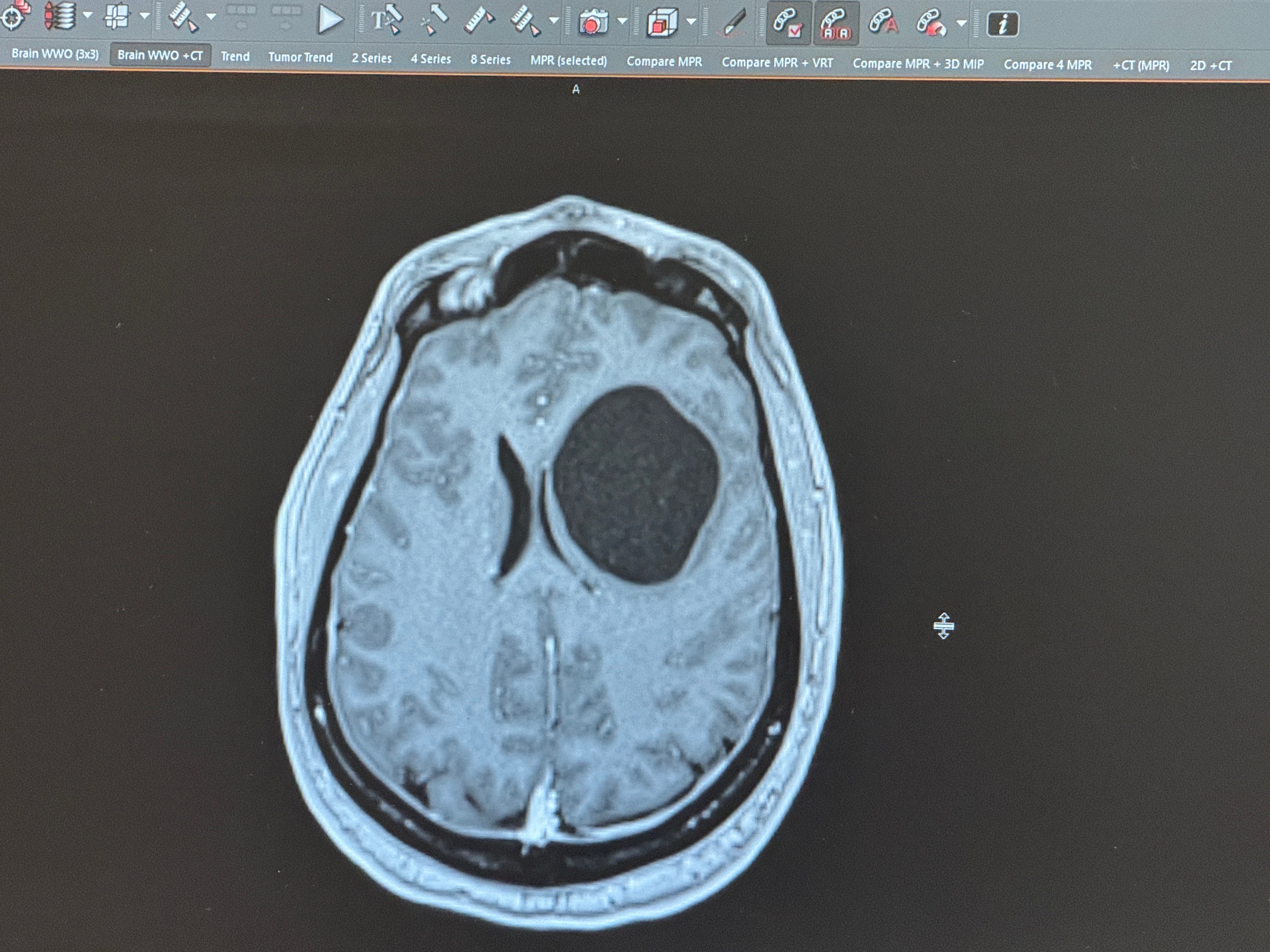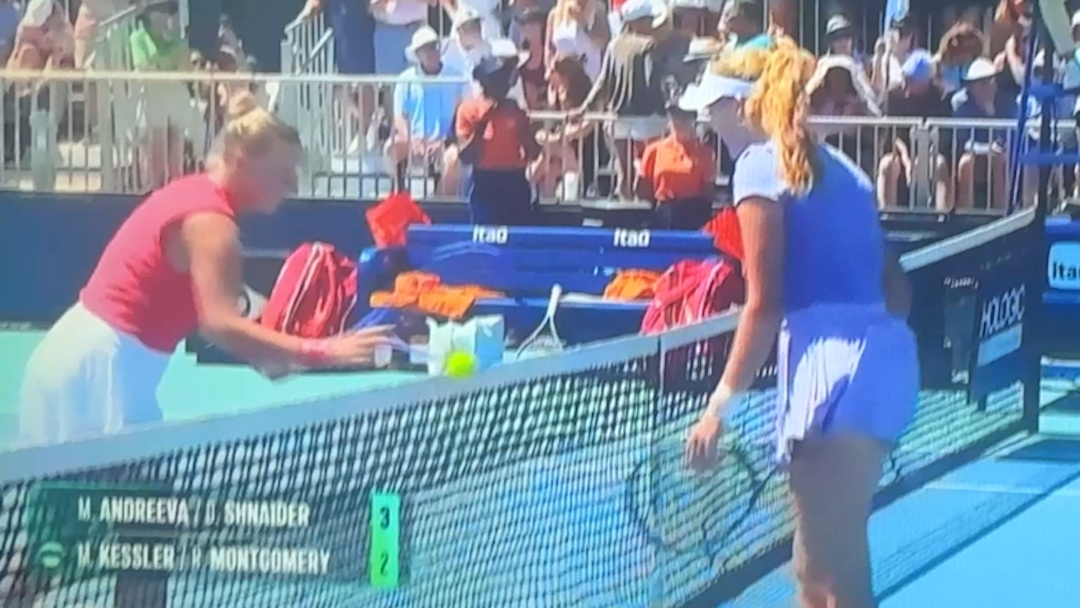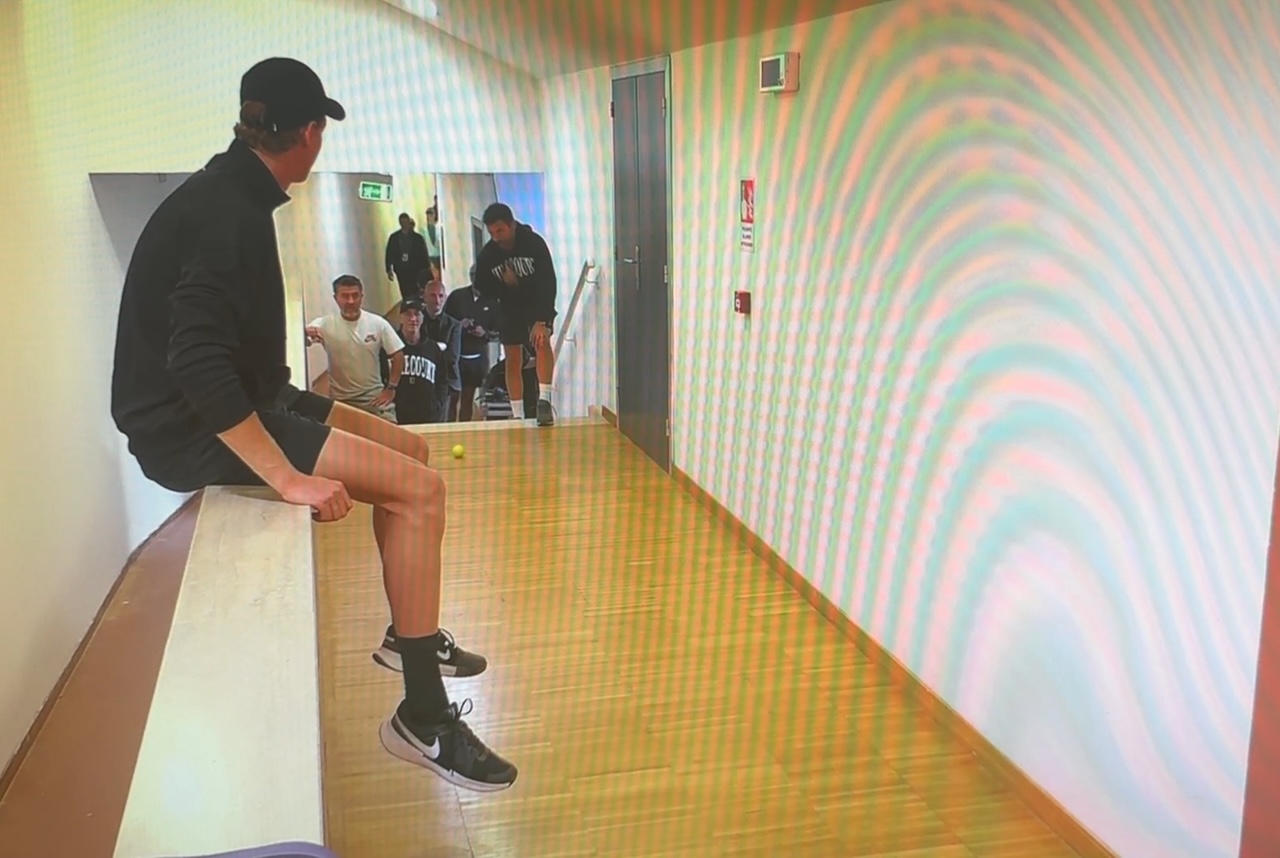As it turns out, I am one of those engineers who loves technology. Consequently, it is no surprise that I also embrace it in tennis. I am a big fan of electronic line calling (ELC) in the sport. Unlike fallible humans, ELC systems will call the same ball the same way every single time, free of bias or emotional influence. I look forward to the day when this technology becomes widely accessible to recreational players. With the current cost curve and expanding implementation, I wouldn’t be surprised if we see some version of ELC filtering down to public tennis facilities within the next 5 to 10 years.
For the first time this year, electronic line calling has been introduced at some professional-level clay events. Unfortunately, that has created some controversy. While ELC systems make uniform calls, they aren’t 100% accurate. These systems are built with a margin of error, meaning they’re accurate most of the time, but they aren’t perfect. Additionally, calibration issues can cause some drift in accuracy. I still contend they are better than humans at making calls, and certainly better than the players themselves, who are making those judgments under both physical and emotional duress.
ELC has become the accepted gold standard of line calls on hard and grass courts. However, clay courts are different as a ball mark is regarded as the most accurate indicator of where the ball landed. For generations, players and officials have relied on those marks to resolve disputes, walking over to inspect the exact spot where the ball landed. Now, with ELC introduced on clay, players are being asked to ignore the mark they see with their own eyes and instead accept an invisible verdict handed down by the digital system.
The fundamental challenge is convincing players that electronic line calling is more accurate than the physical ball mark on the clay. My first semi-hot take on this topic is that it isn’t. While ELC is consistent and impartial, it can’t always account for the real-world variables of a clay court. Marks on clay may occasionally be misleading, but they are still tangible evidence that players can see, point to, and collectively evaluate. Asking players to override what feels like concrete proof in favor of a virtual judgment creates a credibility gap. It’s not just a matter of trust in the technology but rather a philosophical shift away from what clay-court tennis has always been.
I initially welcomed the idea of electronic line calling on clay, believing it would bring uniformity to professional tennis officiating. However, after watching the early rollout, I’m starting to feel differently, and it is all rooted in my fundamental belief in the supremacy of the ball mark. That brings me to my second hot take for today: The next evolution for ELC on clay courts will be to allow the chair official to overrule the system based on the mark.
While I appreciate the technology that makes ELC systems work, it shouldn’t be allowed to strip away the visual accountability that is a defining feature of clay court tennis. The ball mark is the best evidence for evaluating line calls and should not be discounted as such.




I agree with you about allowing the Chair Umpire to override clear errors in electronic systems.
As a former line umpire who has called lines at pro tournaments on clay, I appreciate the nuances of making line calls on clay which are well explained in the ATP video (https://www.atptour.com/en/video/is-seeing-believing-electronic-line-calling-on-clay-explained).
Currently, Chair Umpires are prohibited from leaving their chair to inspect a ball mark and that should change. One of the important things in chaired matches is to have the trust of players in the match and removing teh opportunity for an Umpire to review ball marks erodes that trust.
The Umpire could point out the correct mark when the player has the wrong mark with the aid of the technology!
Line cleaning on clay courts is an inexact science and checking ball marks when there is ‘over-cleaning’ which leaves a cleaned area next to a line can be really difficult. The rule is, if you don’t see the ball clearly out then it is to be called ‘good’!
Have you seen the video that the ATP put out about electronic line calling on clay? I now believe it more than my own eye.
https://www.atptour.com/en/video/is-seeing-believing-electronic-line-calling-on-clay-explained